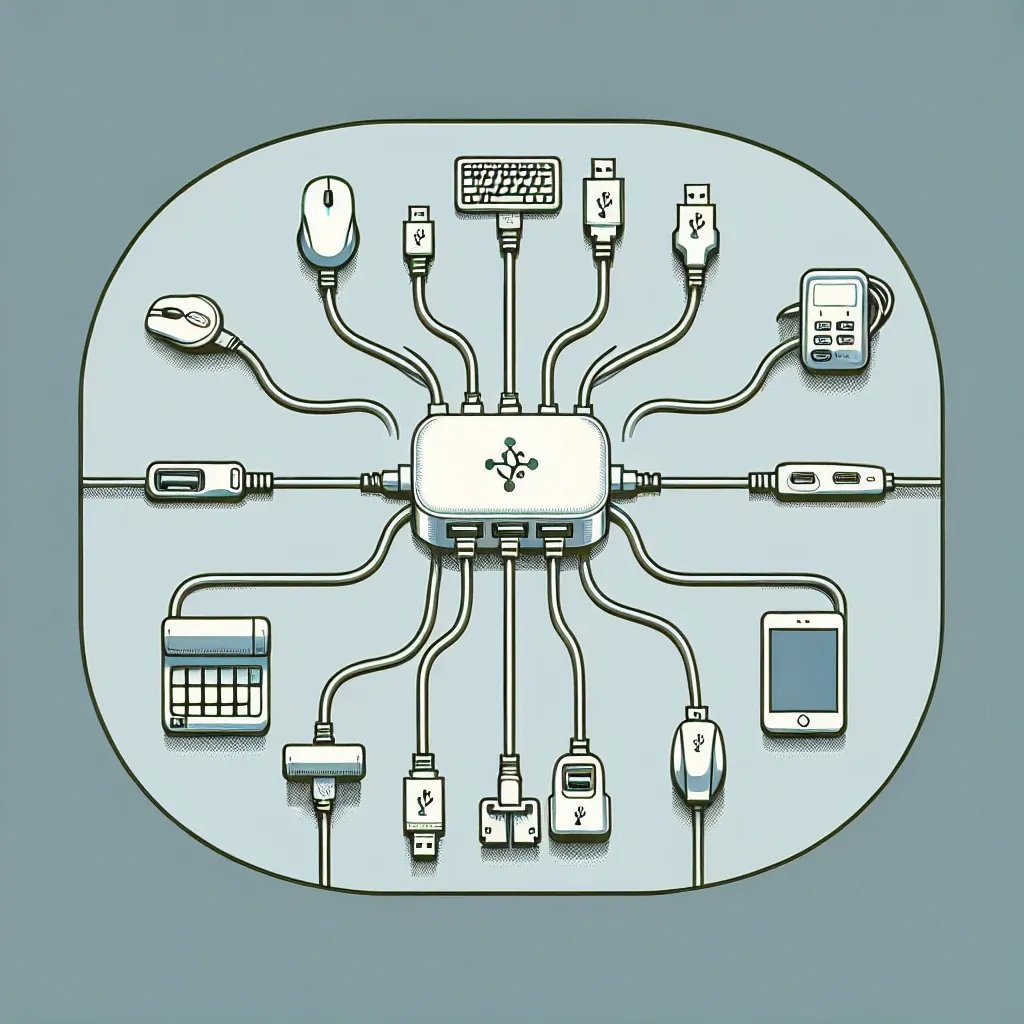Understanding USB Hubs
A USB hub is a devices that expands a single USB port into multiple ports, allowing you to connect multiple peripherals, such as keyboards, mice, printers, and more, to a single USB port on a computer. This is especially beneficial in the age of technology where we often find ourselves with numerous devices needing connectivity.
Types of USB Hubs
Before diving into how many devices a standard USB hub can connect, it’s important to understand the types of USB hubs available:
- Passive USB Hubs: Generally less expensive, these hubs rely on the host computer for power and can connect a limited number of devices.
- Powered USB Hubs: Equipped with their own power supply, these hubs can support more devices and power-demanding peripherals.
- USB-C Hubs: Specifically designed for USB-C connections, they can include additional ports like HDMI and Ethernet.
Capacity of Standard USB Hubs
The number of devices that can be connected to a standard USB hub depends largely on the hub itself and the USB specification it adheres to. Below is a summary of the capacities associated with common USB standards:
| USB Standard | Max Devices per Hub | Total Max Devices on a Single Bus |
|---|---|---|
| USB 1.1 | 127 Devices | 127 Devices |
| USB 2.0 | 127 Devices | 127 Devices |
| USB 3.0/3.1 | 127 Devices | 127 Devices |
| USB 3.2 and above | 127 Devices | 127 Devices |
The 127 Device Rule
Regardless of the USB standard, the maximum number of devices that can be connected to a single USB bus is capped at 127. This is due to the way that USB communications are managed, with a single controller managing all devices on the bus. Therefore, even if a hub is capable of supporting more devices, your overall connection will still be restricted by this number.
Factors Affecting Connectivity
While the theoretical limit of connected devices remains at 127, several factors can affect practical connectivity:
- Power Supply: Powered hubs can handle more devices that demand higher power levels, while unpowered hubs may struggle under the load.
- Bandwidth: Each USB standard has different bandwidth capabilities which can limit the performance of devices connected simultaneously.
- Device Type: Some devices may not play well with shared connections, leading to performance issues.
Power Distribution
Powered hubs distribute power among devices much more efficiently than passive hubs. When using a powered hub, consider the following:
- How much power each device draws.
- The total power output of the hub.
- The number of ports available.
Real-World Applications
The capability of a USB hub to connect devices varies with usage scenarios:
- Office Environments: Multiple peripherals such as printers, scanners, and external drives can be connected simultaneously.
- Home Entertainment Systems: Connect game consoles, audio devices, and USB drives for a seamless experience.
- Creative Workstations: For photographers and videographers, multiple storage devices and input devices can be managed with a single hub.
Conclusion
In conclusion, a standard USB hub can theoretically connect up to 127 devices, but practical limits will often require connective management based on power availability, device type, and bandwidth. Choosing the right type and quality of USB hub is critical to ensuring an efficient and functional setup for your devices.

